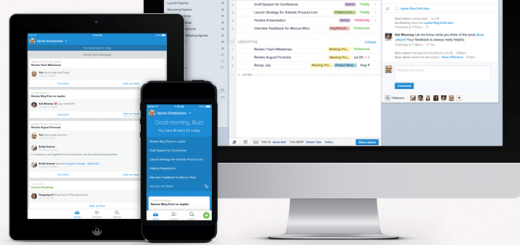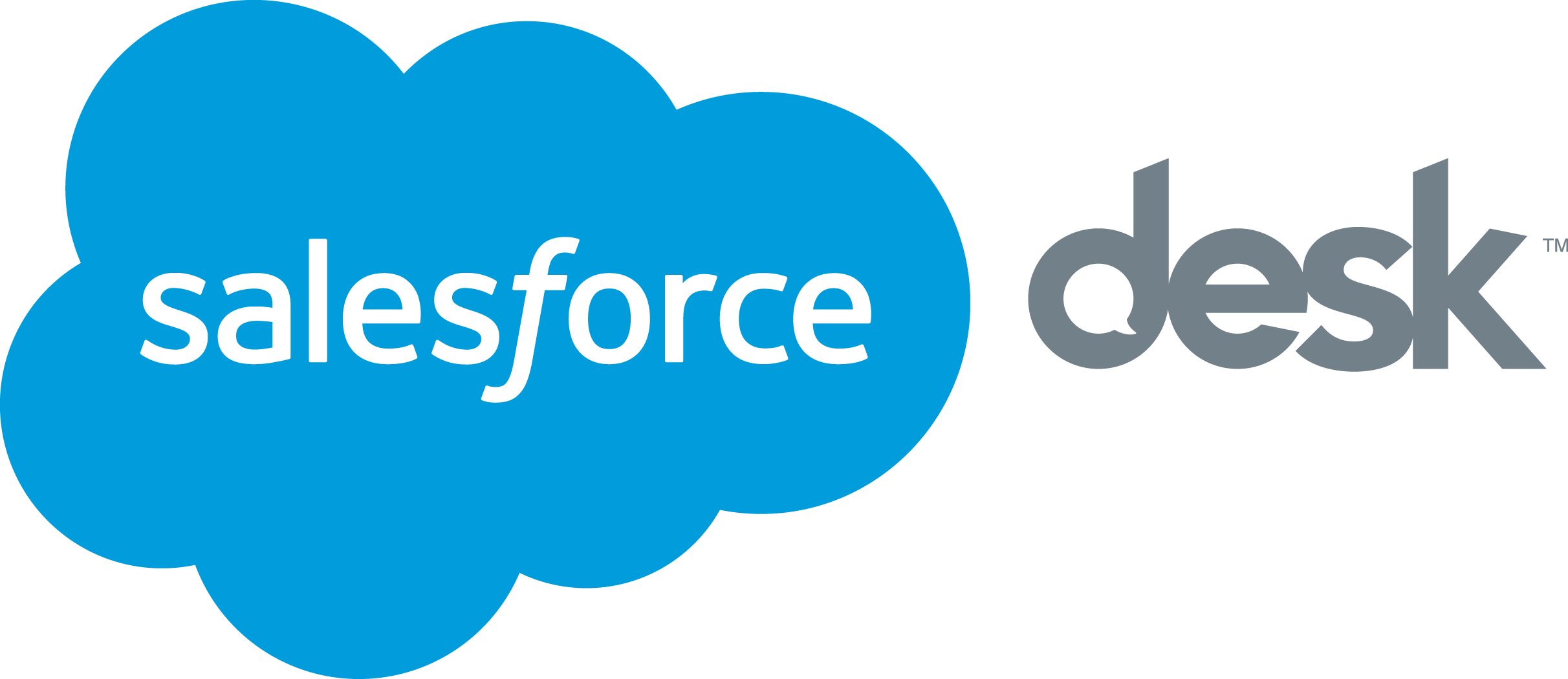
The term ‘customer service’ often evokes images of outsourced call centers, long telephone hold times, and exhausted reps who spend the bulk of their days diffusing angry complaints. Perceived as a cost sink rather than a revenue-generator, support has been a chronically understaffed and unfunded area of business.
Today’s most innovative organizations are realizing, however, that this dynamic needs to change. As one collection of stats points out, the cost of poor customer support is through the roof. In response to a negative customer experience, 58 percent of Americans would never use that company again. On a macro level, poor support creates a $83 billion drain for the U.S. each year. Businesses can’t afford to create lackluster experiences.
Here is how 3 corporate innovators are repositioning their support efforts into valuable business opportunities.
Carving out learning opportunities
Business researchers will often rely on surveys to learn about their customers. While this data can be valuable, it is often limited in its ability to capture needs accurately. Known as ‘observation bias’ or the ‘Hawthorne Effect,” study after study shows that people tend to behave differently than they would in a non-research setting. In other words, people tend to say one thing and do an entirely different thing when observed.
That’s why businesses need to approach customer support as a valuable data collection, research, and learning opportunity.
“If you give your customers a self-service portal, you can see for yourself which articles are being read most often,” recommends Leyla Seka, SVP and GM of Desk.com in an Entrepreneur article.
“From there you can see if your instructions are confusing or if the feature itself doesn’t work or isn’t as intuitive as you’d like for it to be.”
In addition to collecting data from self-service portals, companies can treat every customer support call as a qualitative research exercise to uncover common pain points, needs, and product wishlist items. With call analytics software, companies can transform this conversation-based information into trackable and measurable data points.
“Whether you have three people or 30 on your support team, they are a crucial link to the world outside the business,” says Seka. “Unlike product management or marketing teams — who only talk to customers from time to time — your agents talk to real customers every single day.”
Preventing challenges before they have a chance to happen
Thanks to new predictive analytics capabilities, customer support teams can preempt potential issues before they have a chance to occur. For this approach to be effective, organizations must identify patterns of problematic areas.
Mobile payment platform Square, for instance, has customized alerts based on common problems that its users face.
“For example, if linking up a bank account failed, we can alert the seller as to why in their dashboard rather than wait for the seller to contact us,” says Nate Rosenthal, head of support at Square.
“Or if a seller who typically swipes cards begins to take manual payments, we can proactively show them tips for swiping and how to order a new reader before they even ask about it.”
Through these systems, Square can automate common, easy to tackle support challenges.
“We’re able to spend more of our time helping customers with complex needs or highly specific questions instead of just providing technical support,” says Rosenthal. “Using data, we can also route a customer call to the supporter best versed in answering the seller’s question.”
Informing product direction for new initiatives
One of the biggest challenges that companies face is the ability to prioritize what to build. Smart teams are often brimming with great ideas that they do not have the bandwidth or resources to pursue.
The learnings from customer support conversations can help marketing and product development teams determine where to prioritize their efforts.
“In customer operations here at Asana, we view all of our customer interactions as chances to be both advocates for Asana and voices for our customers internally,” Brian Boroff, says Brian Boroff, head of customer support at Asana.
“We use Desk.com and Asana to label and track all product feedback and requests. Our goal is to build a profile of request frequency for the product team, but also to layer in as much depth around the customer motivation as possible via quotes and workflow descriptions for the product team’s context.”
The support and product teams at Asana rely on this information to determine what types of products and features to build.
“After our last major release around our Calendars feature, we started compiling user
feedback and reviewing this information with the lead product manager,” says Boroff. “We received enough interest in the addition of due times to our popular calendaring functionality that we decided to cost the feature and ultimately scope it into the product roadmap.”
With this process, Asana is able to focus its time on features that customers are likely to use.
Final thoughts
Support is no longer a cost sink for companies. It’s a mission-critical investment opportunity. Thanks to data and customer support platforms, businesses are more empowered than ever to build upon every phone call, helpdesk request, and conversation. The intersection of empathy and data will quickly become your business’s most valuable asset.
Read Next: How to help your customers help themselves
Image credit: Shutterstock
Get the TNW newsletter
Get the most important tech news in your inbox each week.









